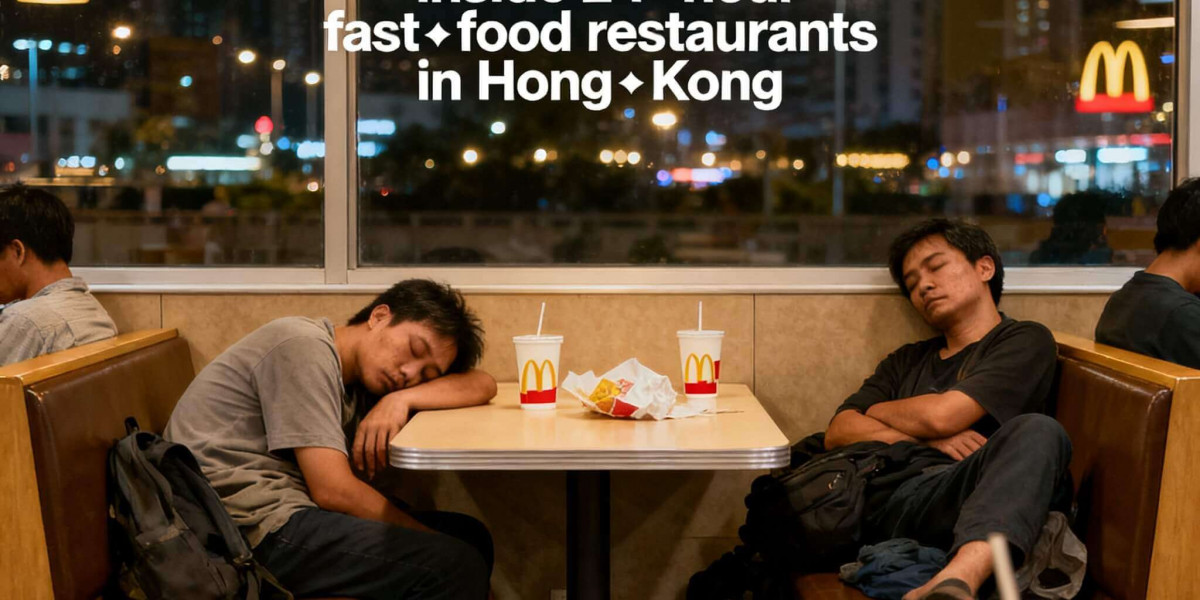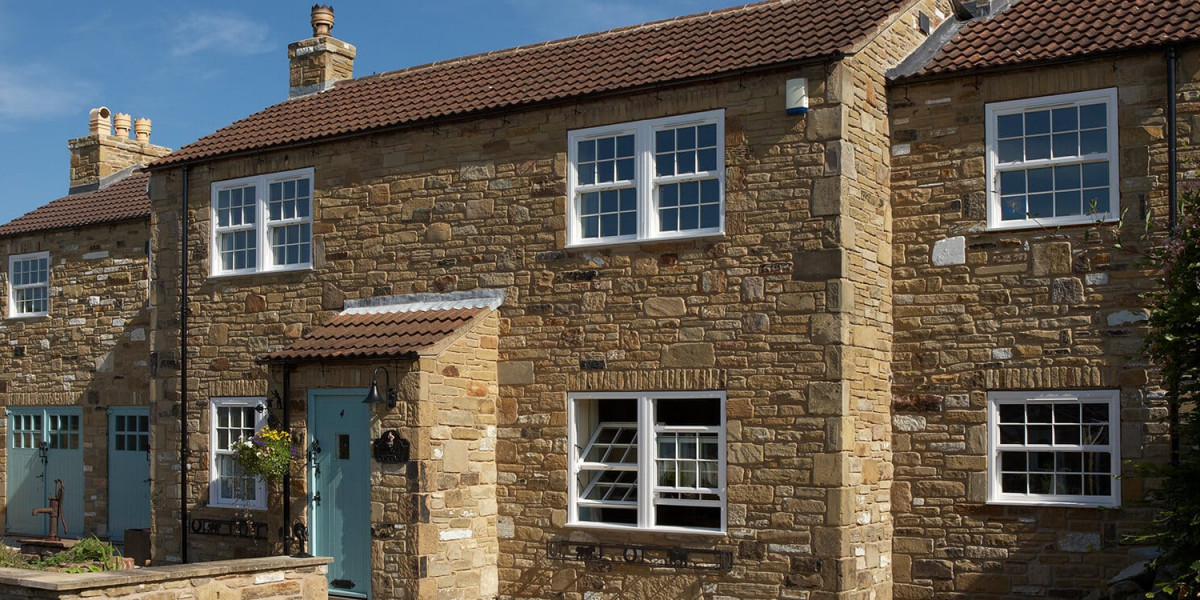What are McRefugees?
In Hong Kong, the term McRefugee (also “McSleeper”) refers to people who spend their nights in 24‑hour branches of McDonald’s. The restaurants are open all night, air‑conditioned, allow subdued sleeping, and many people use them as a last‑resort shelter. As one social worker put it: the lack of affordable, safe housing combined with high rents and low‑quality housing drives people to these restaurants. A 2018 survey found 334 people had slept in McDonald’s restaurants nightly over at least three months.
Interestingly: 57 % of those interviewed were in employment, and 71 % had some form of home (rented or owned) but chose not to stay there overnight.
Why does this happen?
Here are the main drivers:
High housing costs & cramped conditions
Hong Kong is one of the world’s most expensive rental markets. Many apartments are subdivided units (tiny, poorly ventilated, sometimes without windows) or ultra‑high‑rent flats. One man told researchers his room had no windows and the landlord charged him far more for electricity than the standard rate—so he preferred to sleep at McDonald’s with air‑conditioning.
Comfort, safety, and amenities
For many, the restaurant offers: air‑conditioning (especially in hot/humid summer nights), lighting, comfortable chairs/booths, bathrooms, possibly internet/free WiFi. A step above their housing options or street sleeping.
Unstable or inadequate home environments
Even those with a “place” to stay may choose not to stay there. Reasons include bad living conditions, family conflict, high utility costs, or subdivided flats so poor they’d rather be elsewhere.
24‑hour availability of McDonald’s outlets
With many branches open all night, the option is there. McDonald’s Hong Kong admits that “since more than 120 McDonald’s restaurants are operating around the clock among our around 240 restaurants… there could be chances that some customers stay in our restaurants overnight.”
Some individual stories
A former security guard, 66, who suffered a stroke and was on welfare (~HK$3,870 a month), rented across the border to save cost but returned to the McDonald’s in Sham Shui Po often: “This is a familiar place, with familiar faces … These people are all wanderers … Some come for a short while, others a long time. Most of them don’t have a home.”
One man, a construction worker (19 yrs old) had a place but chose not to stay there because the conditions were worse than sleeping at the restaurant.
The scale and trends
From ~57 sleepers in 2013 to ~334 in the recent survey — roughly a six‑fold increase.
Many of the feeders for this trend: aging population, stagnant wages, soaring property prices, poor housing conditions. time.com
One NGO estimated about 25 % of the city’s homeless population might be McRefugees in some sense.
Why it matters
Dignity & social reality: The fact that people with jobs or housing still choose a fast‑food restaurant bed shows how bleak the housing affordability or quality is.
Housing policy signal: It’s a red flag for policymakers — if people prefer a place to sleep in a fast‑food restaurant over their accommodation, something is wrong.
Business & public space: Restaurants become de facto shelters in a city where public space is limited. This challenges how urban spaces are used and how businesses respond.
Implicit inclusion: The restaurants allow this sleep‑over because they either tolerate or don’t disturb. That has implications for social responsibility, business policy, and the role of private spaces in public welfare.
How businesses and the city respond
McDonald’s Hong Kong, after incidents (for example a woman died while sleeping in a McDonald’s) expressed sorrow and said they balance being “more accommodating and caring” with ensuring good experience for all customers.
The anti‑poverty NGO Society for Community Organization (SoCO) has pressed the government to expand stay‑duration at shelters, improve housing conditions, and show that McRefugee numbers reflect worsening homelessness.
Policy debates: For instance, Legislative Council documents acknowledge that many of the ~1,200 street sleepers are “McRefugees” and lament that a private company (fast‑food chain) is providing an overnight option more than the public system.
Challenges & ethical questions
Is this a real “choice” or a forced one? People “choose” the restaurant but only because they have very limited/bad alternatives.
Responsibility: Should a fast‑food chain be expected to act as a shelter? What are the risks (health, safety, liability) for both business and individuals?
Visibility vs invisibility: The phenomenon is somewhat hidden — people asleep in booths, unregistered, with few protections. A death went unnoticed for hours in a McDonald’s in Kowloon. washingtonpost.com
Temporary vs structural solution: This is a patch, not a fix. It addresses symptom (where to sleep) but not root cause (housing cost, income, living standards, support systems).
Impact on business & other customers: The restaurant must balance its service to paying customers with this social reality — uncomfortable questions around how much tolerance should be extended.
What can be done
For real change, multiple actors must step in:
Government / policy: Increase affordable housing supply, improve regulations for subdivided flats, ensure utility costs are fair, expand transitional shelter periods.
Business / private sector: Fast‑food chains and other businesses should recognize their role in urban social ecology. They could partner with NGOs or local government to provide safe overnight spaces (with support).
Community / NGOs: Raise awareness, document conditions, provide outreach to people staying overnight in restaurants to assess their needs beyond shelter (health, employment, housing).
Public awareness: Shift the narrative from “homeless people sleeping in McDonald’s” to “people with limited choices trying to find safety, comfort, dignity”. That changes how we react and what solutions we support.
Final thoughts
The McRefugee phenomenon in Hong Kong is much more than an oddity. It’s a mirror reflecting severe pressures: unaffordable housing, inadequate living space, urban density, aging workers, and social safety nets under strain.
When someone chooses to sleep in a 24‑hour restaurant instead of their own room, the question isn’t “Why does McDonald’s allow this?” so much as “Why does our housing system leave them feeling this’s the better option?”
If you're thinking globally (for a platform like Socifa), it’s a reminder: urban design, economic policy, business practices and social inclusion all intersect in unexpected places. Behind the golden arches, stories of struggle live — and they deserve our attention, not just curiosity.



